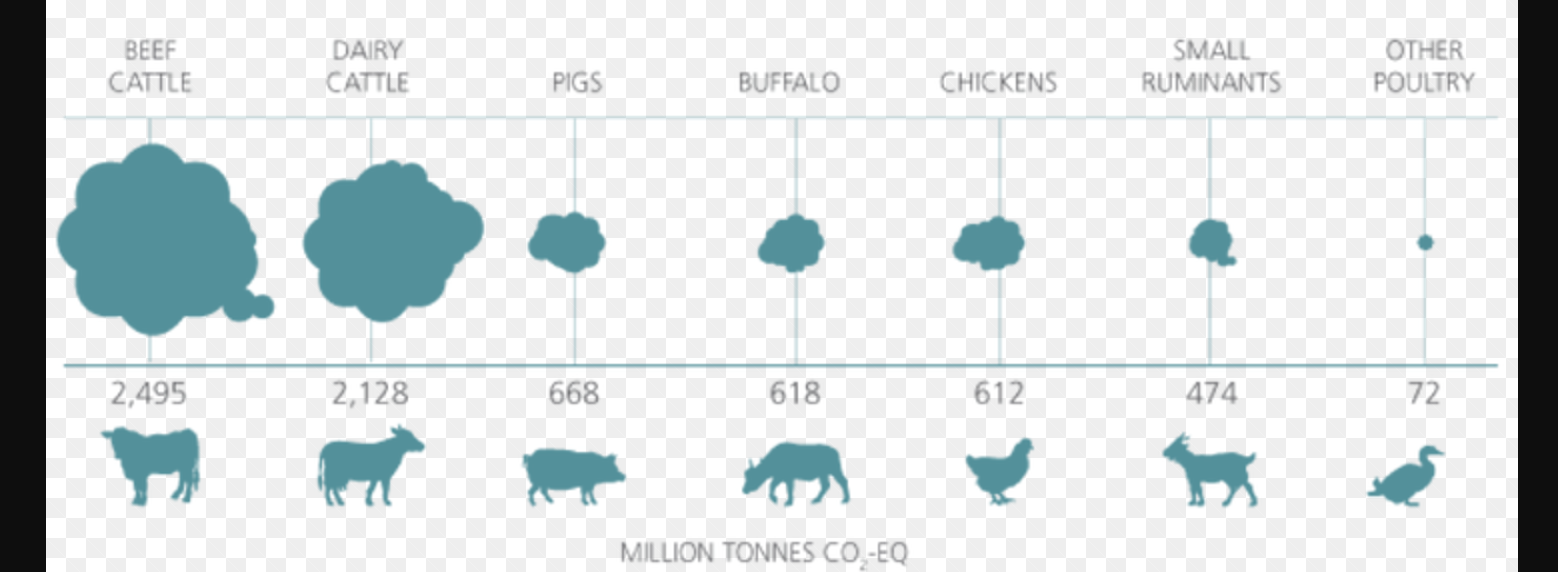Sustainability February 17, 2017


You’ve probably heard of the usual tips to decrease your carbon footprint – like installing solar panels, purchasing a hybrid vehicle or even just bringing your own bags to the grocery store. While these pieces of advice are definitely tried and true, there are more ways to live a sustainable lifestyle than just those.
To learn about some unique ways you can help the environment, ENTITY chatted with Nan Simpson, public speaker, climate change activist and co-founder of the Western New York Climate Action Coalition. For Simpson, taking action is a must: “There is a very strong international scientific consensus that climate change is real, it’s happening, it’s caused by human activity, and its consequences are likely to be severe.”
READ MORE: Trump on Global Warming: ‘It’ll Get Cooler, It’ll Get Warmer; It’s Called Weather’
Are you ready to make a difference, one small lifestyle change at a time? Here are seven unconventional and expert-backed secrets to making your life a little greener.

VIA Giphy
Your car is one of the biggest sources of CO2 pollution. But, unless you live in a big city with easily accessible public transportation, you probably rely on a car to get most places. Some common tips for reducing car emissions usually include carpooling or driving a low emissions vehicle. However, there are several cheaper tricks to reducing the carbon footprint of your personal vehicle.
READ MORE: 5 Ways Cities Can Reduce CO2 Emission
When you think of causes of green house emissions, junk mail probably doesn’t first come to mind. However, recent research has discovered that; 100 million trees are cut down and used every year for junk mail in just the U.S., and, as a result, eliminating America’s junk mail (and saving those trees) could offset the emissions of 480,000 cars. Other studies have also reported that 44 percent of junk mail is sent to landfills without ever being opened, and the paper industry is the fourth highest producer of carbon dioxide among all manufacturers.


Via GIPHY
By opting out of junk mail, you can reduce the amount of energy used to produce, deliver, and dispose of unwanted ads and catalogs. Services like 41pounds.org can help you unsubscribe from junk mail lists for a small fee.
You can also take your junk mail veto one step further by switching from a print newspaper to an online version. Research is still needed to prove that digital is really better for the environment than paper, with some people pointing out that manufacturing electronic products used to read online newspapers can be just as problematic. However, at least at first glance, going online for your news can save trees.
There are several small things that every homeowner can do to minimize energy waste. One lesser known tip? Weatherstrip – or seal the gaps around – your doors and windows whenever possible. Before you begin, you will need to assess the different types of openings in your home so you can determine what type of sealing you should use. For instance, a sliding window probably calls for a V strip (also known as a tension seal) while the bottom of a door needs a door sweep.
READ MORE: Solar Power: The Good, the Bad and All the Facts You Should Know


Via Giphy
Other aspects of weather proofing can include installing proper insulation. Improving the heat flow through your house will not only save you money by lowering your heating and cooling costs, but it can also make your home even more comfortable and efficient. You might even want to upgrade your ventilation, which can help control the moisture within the interior of your home and prevent mold growth.
Not a cold shower, silly! Just wash your clothes in cold water.


Via Giphy
The amount of energy used in each wash depends on a couple variables, including:
Regardless of these other factors, washing machines use around 90 percent of their energy heating up the water. So, unless your clothes reek of germ-infested bacteria, cut back on energy usage with the cold water cycle.
READ MORE: The Art of Water Conservation in Israel
Also, watch out if your washing machine is over 10 years old. Machines built before 2003 are significantly less efficient than the newer models. These outdated washers cost consumers a total average of $2.9 billion each year in energy and water, which is reason enough to invest in an updated energy-efficient model.
Have you ever wondered what happens to plastic bags after you throw them in the recycling? Typically, they are heated up and blended with recycled wood to make durable synthetic boards, which are often used in fences and decks. The problem with black trash bags is that the black color is impossible to remove. As a result, the plastic can discolor synthetic boards – which makes the boards less appealing to homeowners.


Via Giphy
So, do your best to avoid buying black trash bags at all costs. Instead, opt for white trash bags – or better yet, none.
After all, according to Robert Reed, a spokesperson for San Francisco’s recycle collection program, any color of plastic bag can be problematic. “Plastic bags cause problems at our compost facilities, and they blow off of landfills and wind up in waterways and oceans and seas,” Reed told Smithsonian Magazine. “They [also] wrap around and jam recycling equipment.”
In recent years, many states have passed legislation that either 1) completely bans plastic bags in stores, 2) applies a tax or extra fee on the use of plastic bags, 3) requires a recycling program in stores providing or accepting plastic bags, 4) or a mix of all of the above. However, Simpson, told ENTITY that “it’s important to keep things in perspective. The paper vs. plastic bag issue is small potatoes – a distraction even – compared to the more serious action which must be taken now.”
READ MORE: Plastic is so 2015: Why France Banned Plastic Cups and Utensils
The more serious action Simpson refers to includes protesting and rallying to resist the “great unraveling” of environmental regulations and programs by President Trump.
“Going beyond lifestyle measures is essential,” Simpson argues, “especially now that Donald Trump has spoken out against energy conservation, renewable energy and the national and international climate initiatives set in place by the Obama Administration.”
Nan Simpson and her husband, Walter Simpson – a Certified Energy Manager (C.E.M.) and former consultant for the Association for the Advancement of Sustainability in Higher Education – both believe that “protesting to save the world feels good and can even be fun.”
READ MORE: Donald Trump’s New EPA Leader Thinks Global Warming Is ‘Nothing to Worry About’
Although active rallying might be out of some people’s comfort zone, Simpson reassured ENTITY, “By working with others (or in some cases rallying others), we [she and her husband] have always felt our actions have made a difference.”
When asked for one thing that most people don’t know about their carbon footprint, Simpson stated that many people “do not realize the role diet plays. A conventional meat-based diet has a much larger carbon footprint than does a vegetarian or vegan diet.”


Beef and dairy cattle remain the largest contributors of greenhouse gas emissions, representing about 65 percent of total production. www.grainoftruth.org
According to studies conducted by the Food and Agricultural Organization (FAO) of the United Nations, the industrialized production of livestock for meat consumption is responsible for 14.5 percent of all global greenhouse gas emissions due to the burning of fossil fuels for meat production.
“In addition, livestock production involves excessive water consumption and water pollution, pesticide use and forest destruction, not to mention methane emissions,” Simpson said.
READ MORE: The Surprising Facts Behind a Truly Sustainable Diet
When you think of global warming or carbon footprints, it’s easy to feel overwhelmed. Can one person – you – really help make the world a healthier place? According to Simpson, the answer is yes: “People’s efforts do make a difference – whether small or big.”
So the next time you take out step into your vehicle, turn on the heater or throw in a load of laundry, remember these simple steps you can take for an Earth-friendly approach to everyday life.